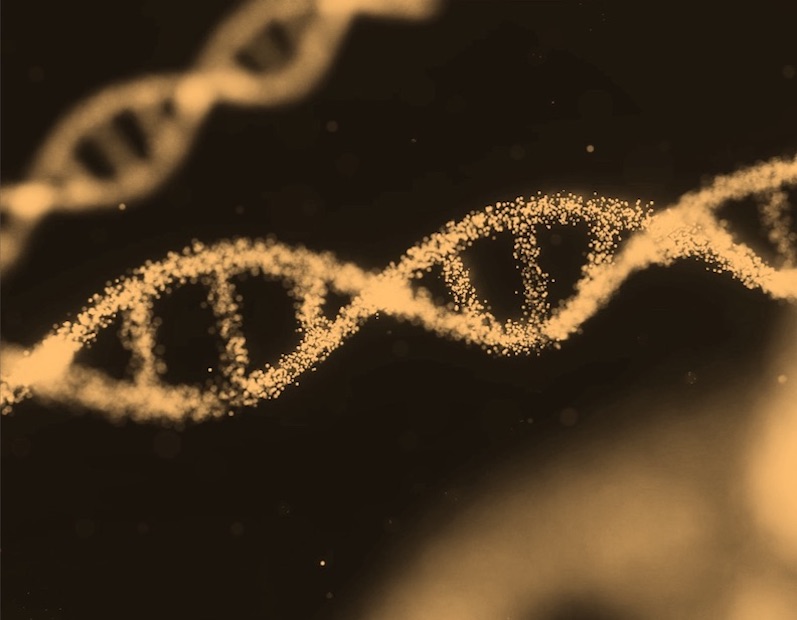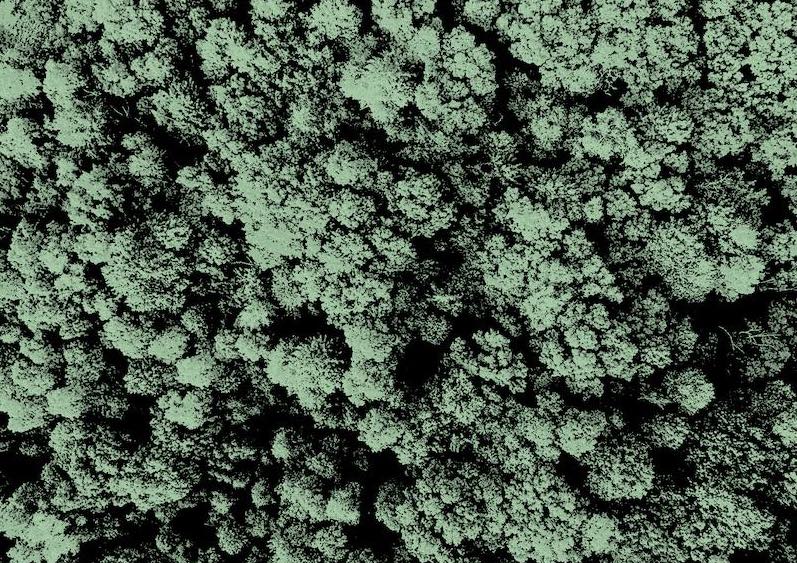What is it about?
We re-examine the mathematical properties of the kink and antikink soliton solutions to the Logarithmic Schrödinger Equation (LogSE), a nonlinear logarithmic version of the Schrödinger Equation incorporating Everett-Hirschman entropy. We devise successive approximations with increasing accuracy. From the most successful forms, we formulate an analytical solution that provides a very accurate solution to the LogSE. Finally, we consider combinations of such solutions to mathematically model kink and antikink bound states, which can serve as a possible candidate for modeling dilatonic quantum gravity states.
Featured Image

Photo by Steve Johnson on Unsplash
Why is it important?
We found relatively simple analytical solutions that accurately approximate the kink and antikink soliton solutions of the LogSE. The LogSE serves as a good model for the Higgs potential. Because the log term of the LogSE is not Lipschitz continuous when the wave function is zero, that produces an "élan" or self-excitation that could be responsible for the spontaneous symmetry breaking phenomenon.
Perspectives
Products of 3D generalizations of these soliton solutions could be used to model deviations of dilatonic quantum gravity from Newtonian mechanics.
Dr Tony Cyril Scott
RWTH-Aachen University
Read the Original
This page is a summary of: Kink Soliton Solutions in the Logarithmic Schrödinger Equation, Mathematics, March 2025, MDPI AG,
DOI: 10.3390/math13050827.
You can read the full text:
Contributors
The following have contributed to this page







